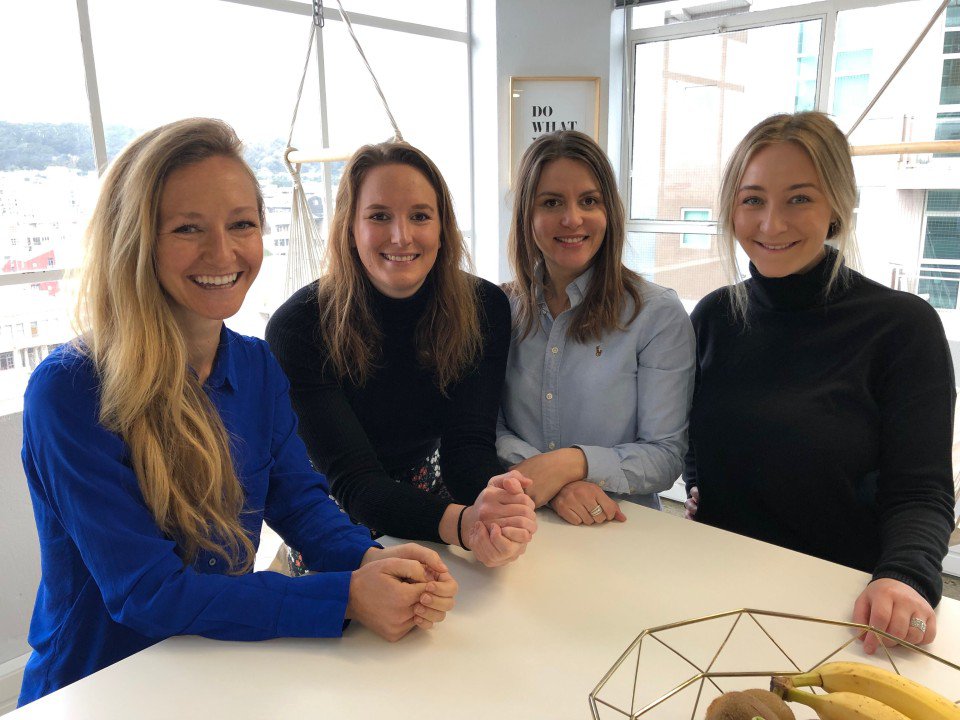With so much of our lives affected by what happens at work, we’re excited to share our thoughts about supporting wellbeing in the workplace. In this post we describe how we recently refreshed our own Wellbeing Philosophy using Employee Centred Design.
Why would a fast growth business focus on wellbeing?
Working in professional services, the unavoidable truth is that our team is working in a challenging, fast-paced environment. We’re surrounded by high-performers (we have an amazing team) and we’re constantly focused on supporting our incredible clients to solve problems. There is rarely down time. We tend to thrive on this, but there’s no escaping the fact that it can be exhausting.
Great employee experiences enable and inspire people to perform. We know that supporting each other holistically means that we succeed as a team, and with clearer minds we can better serve our clients.
So how can a growth business find the time to develop a wellbeing philosophy?
The catalysts for the development of our Wellbeing Philosophy were two members of our team, Madi and Charlie. They had been sharing what they had been learning about wellbeing and had noticed a growing interest within the Humankind team to take more action on our own health. Humankind has always supported wellbeing but our ‘Wellbeing Warriors’ were keen to help us formalise this, so they have led the development of our thinking and approach. We wanted to be sure that we were going to come up with an approach that works for our team (not just a list of ‘fad ideas’) so we have used Employee Centred Design to make sure we hit the mark.
Here are some of the key steps we took. We hope that it helps you on your journey as well!
1. It’s been led by the team
From the outset, we wanted to harness the passion of our team to develop our wellbeing programme, so we asked for a group of volunteers. There are now six of us, and the philosophy has been designed by the team (rather than leadership). Empowering the team to own it means that our wellbeing initiatives reflect what we know would make an impact, not what leadership thinks will help. Having six of us means that people can contribute when they have capacity to do so. They jump in when they have time.
2. We defined what wellbeing means to us
If you’ve read our article Introducing Employee Centred Design, you’ll know that instead of implementing “best practice”, we believe in working with employees to develop solutions that will truly serve them. There are many great models of workplace wellbeing out there, but our first step was to understand what wellbeing meant to our team. How did we do this?
3. We used Employee Centred Design
DISCOVER
Discover is the first phase in our Employee Centred Design approach – understanding what people’s current thoughts and experiences are on the topic at hand. Information collected during this phase helped us understand and stay focused on the ‘why.’ We had already had a number of team conversations about wellbeing, but we felt that we may not have heard everyone’s voice. We wanted to capture some data.
- We went out to the team with a three-minute survey designed to ascertain which areas of wellbeing were important to them.
- We reviewed previous survey data related to wellbeing as well as previous insights from a broader employee experience discovery we had recently completed.

